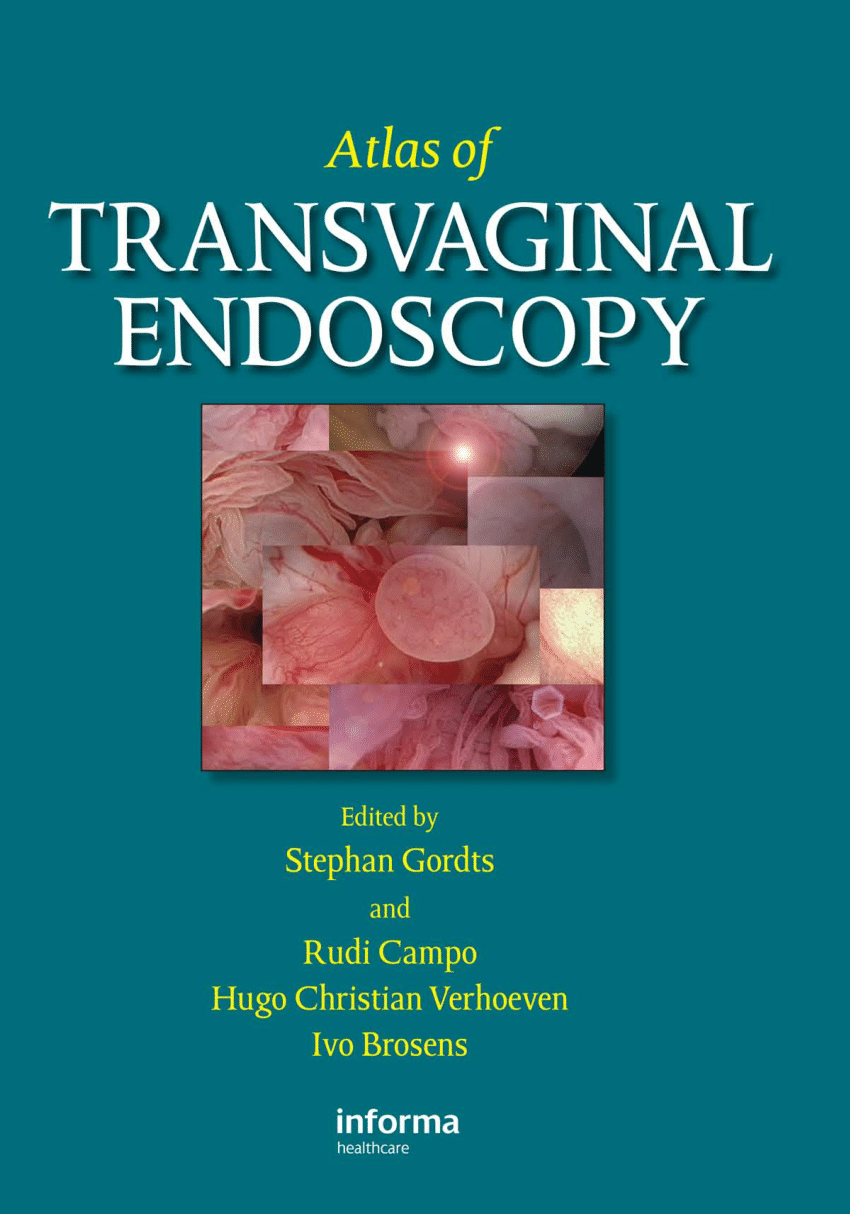Unlocking the Mysteries of Uterus Subseptus: A Comprehensive Guide
– A subseptate uterus is a mild form of congenital uterine anomaly.
– It is often considered a normal variant.
– The condition involves the presence of a partial septum within the uterus.
– The septum does not extend to the cervix.
– The angle of the central point of the septum is acute (<90°).
- The external uterine contour is uniformly convex or has an indentation <10 mm.
- The prevalence of a septate uterus is approximately 55% among uterine anomalies.
- It is classified as a class V Müllerian duct anomaly.
- A septate uterus is associated with subfertility, preterm labor, and reproductive failure in approximately 67% of cases.
- 15% of women with recurrent pregnancy loss have a septate uterus.
- Concurrent renal anomalies may be associated with a septate uterus.
- A septate uterus is considered a type of uterine duplication anomaly that results from the partial or complete failure of resorption of the uterovaginal septum after fusion of the paramesonephric ducts.
- There are different subtypes of a septate uterus, including a partial septum (subseptate uterus) and a complete septum that extends to either the internal or external cervical os.
- Hysterosalpingogram alone has an accuracy of only 55% in differentiating a septate uterus from a bicornuate uterus.
- Ultrasound can show that the echogenic endometrial stripe is separated at the fundus by the septum, which is isoechoic to the myometrium. The external uterine contour should be convex, flat, or mildly concave.
- MRI is considered the preferred imaging modality for diagnosing a septate uterus. On MR images, the septate uterus appears normal in size, and each endometrial cavity appears smaller than a normal cavity. The septum may be composed of fibrous tissue, myometrial tissue, or both.
- The treatment for a septate uterus involves shaving off the septum during hysteroscopy (metroplasty) to form a single uterine cavity without perforating the uterus. Resection of the septum in the uterus has been shown to improve outcomes, with a reported decrease in the spontaneous abortion rate from 88% to 6% after hysteroscopic metroplasty. Differential diagnosis considerations for a septate uterus include a bicornuate uterus, and it is important to differentiate between the two due to different clinical and interventional approaches. Ultrasound or MRI may also be used for diagnosis.
